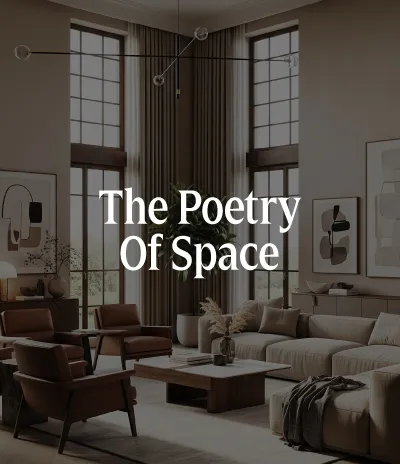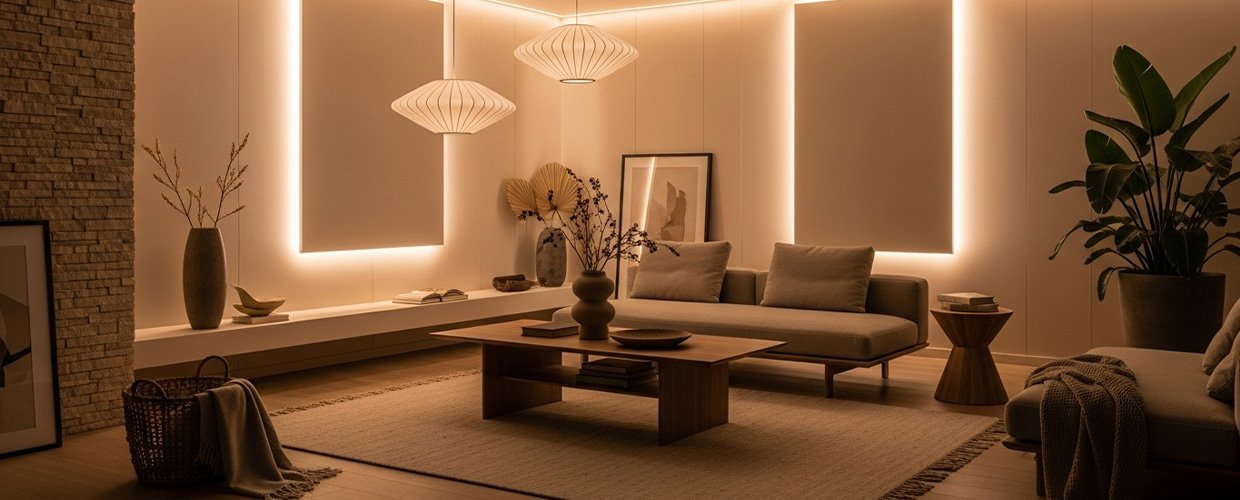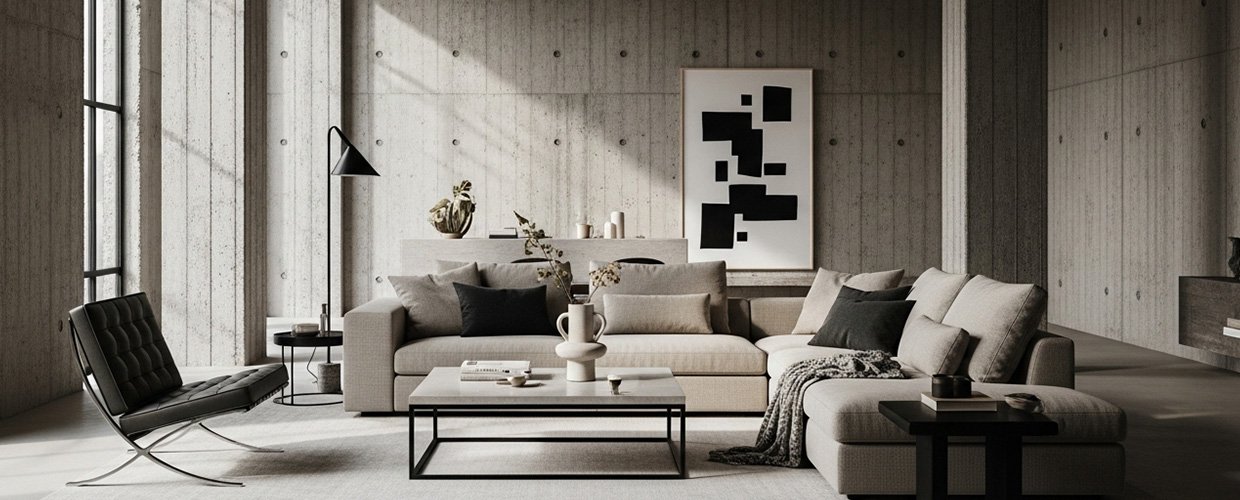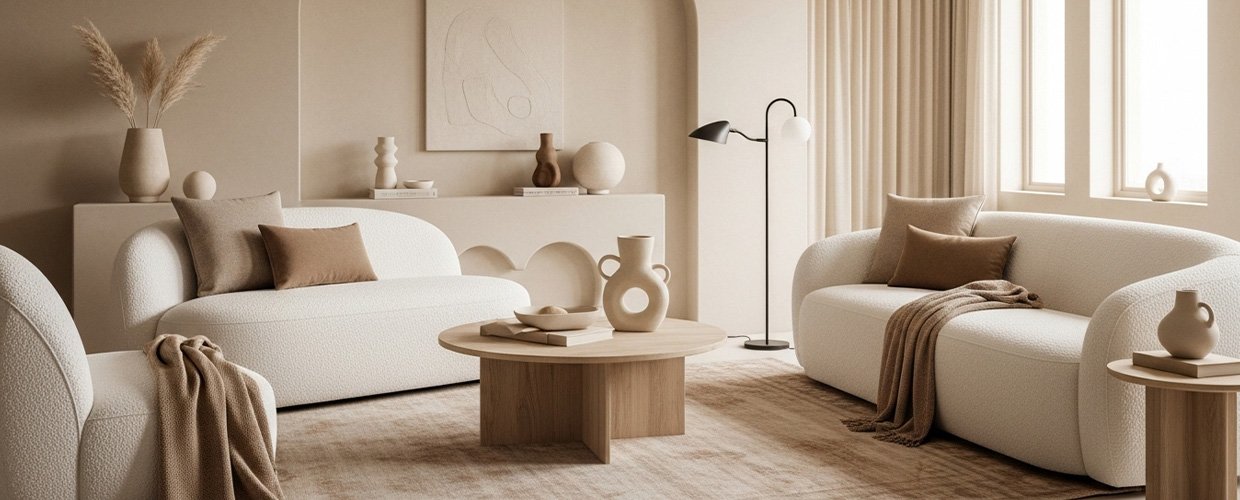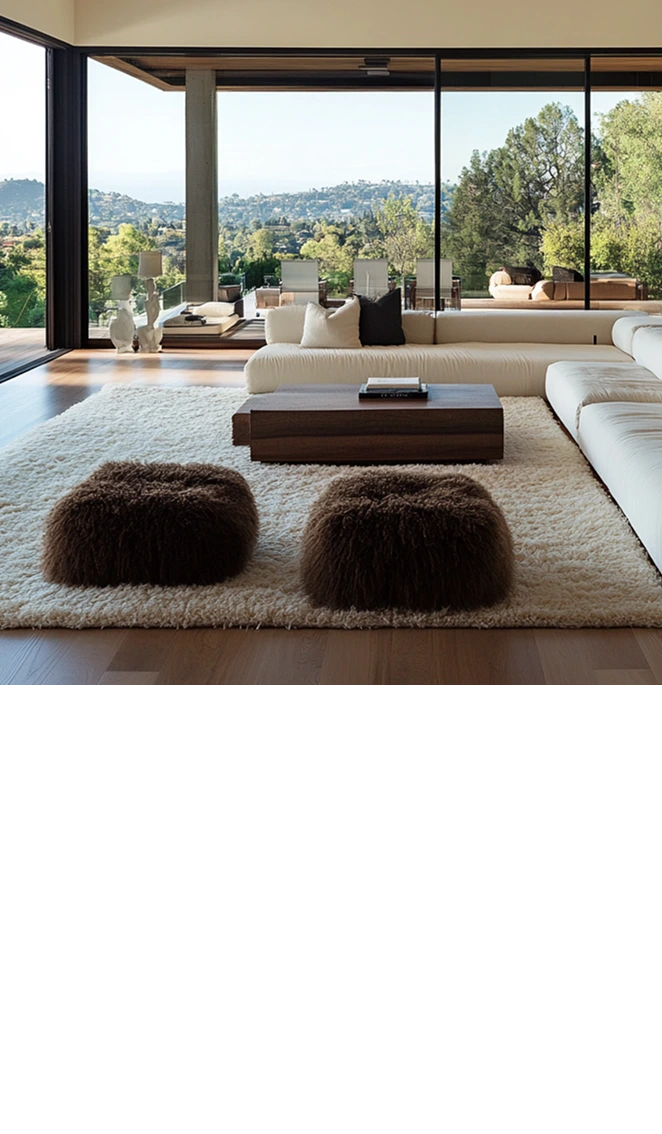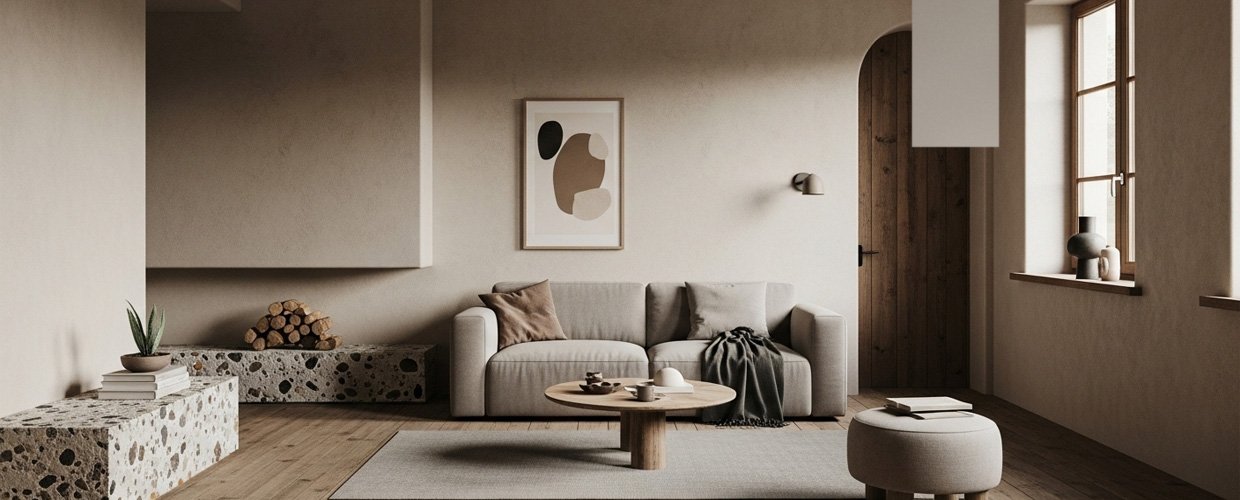
July 25, 2025
Minimalism and Sustainability: A Perfect Match in Design
In the realm of modern architecture and interior design, the concepts of minimalism and sustainability have emerged as powerful allies, shaping the future of how we create and inhabit spaces. Minimalism, with its emphasis on simplicity and functionality, aligns seamlessly with sustainability’s focus on reducing environmental impact and promoting resource efficiency. This synergy is not merely a trend but a thoughtful response to the growing awareness of our ecological footprint and the need for more mindful living environments. As we delve into the marriage of these two philosophies, it becomes evident that their union is not only aesthetically pleasing but also crucial for the future of design. Minimalism encourages the reduction of clutter and the use of space in a way that enhances functionality and tranquility, which naturally complements the principles of sustainability that advocate for reducing waste and conserving resources. By integrating these two approaches, designers can create spaces that are both beautiful and responsible, offering a holistic approach to modern living. As the demand for sustainable practices continues to rise, minimalism provides a practical framework for achieving these goals without sacrificing style or comfort. This article explores the intricate relationship between minimalism and sustainability, highlighting how they can be effectively combined to create environments that are not only visually appealing but also environmentally conscious. Through this exploration, we aim to provide insights into how these design principles can be applied in practical ways, offering inspiration for those looking to adopt a more sustainable lifestyle through thoughtful design choices.
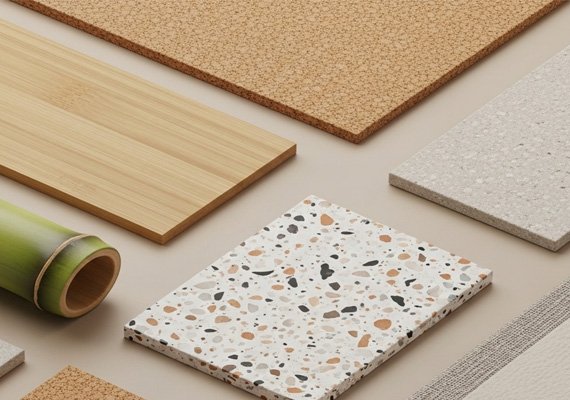
At the heart of the synergy between minimalism and sustainability lies a fundamental shift in how we perceive and utilize space. Minimalism, with its roots in the art and design movements of the 20th century, champions the idea that less is more. It encourages the stripping away of excess to reveal the essence of a space, focusing on clean lines, open spaces, and a neutral color palette. This approach not only creates a sense of calm and order but also reduces the need for excessive materials and furnishings, aligning perfectly with sustainable practices. Sustainability, on the other hand, is driven by the urgent need to address environmental challenges such as climate change, resource depletion, and pollution. It advocates for the use of renewable resources, energy efficiency, and waste reduction. When these principles are applied to design, they lead to the creation of spaces that minimize environmental impact while maximizing utility and comfort. The integration of minimalism and sustainability in design results in spaces that are both aesthetically pleasing and environmentally responsible. For instance, a minimalist design might incorporate natural materials such as bamboo or reclaimed wood, which are not only beautiful but also sustainable. Energy-efficient lighting and appliances, as well as smart home technologies, can be seamlessly integrated into minimalist spaces, further reducing their ecological footprint. Moreover, the emphasis on quality over quantity in minimalism encourages the selection of durable, timeless pieces that withstand trends and reduce the need for frequent replacements. This thoughtful approach to design not only enhances the aesthetic appeal of a space but also contributes to a more sustainable lifestyle by reducing consumption and waste.
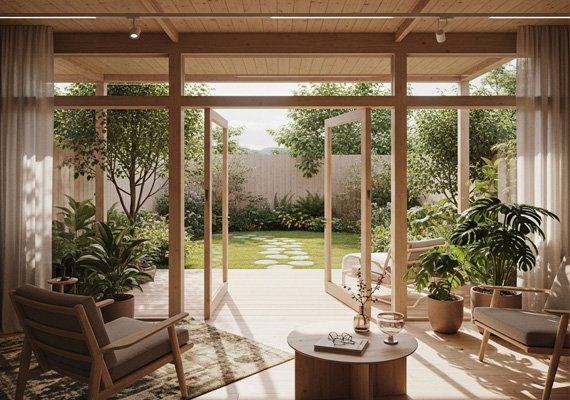
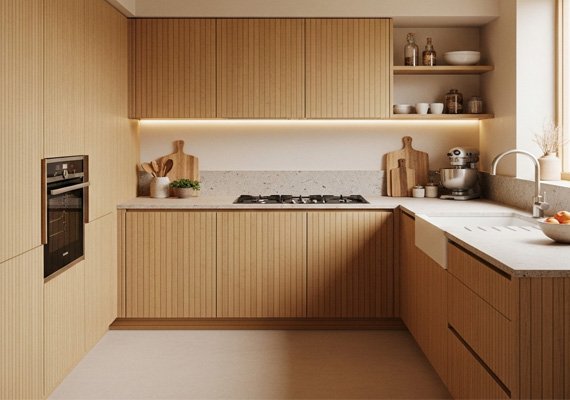
The fusion of minimalism and sustainability in design offers a powerful framework for creating spaces that are not only visually stunning but also environmentally conscious. By embracing the principles of simplicity and functionality inherent in minimalism, designers can reduce clutter and enhance the utility of a space, while sustainability ensures that these spaces are created with a mindful approach to resource use and environmental impact. This combination results in designs that are inherently more efficient and responsible, appealing to a growing demographic of eco-conscious consumers. As we move forward, the integration of minimalism and sustainability will likely become a standard in design, driven by both necessity and desire for more meaningful, impactful living environments. For homeowners and designers alike, the key takeaway is the importance of intentionality in design choices. By prioritizing quality, durability, and environmental responsibility, we can create spaces that not only meet our aesthetic desires but also contribute to the well-being of our planet. This holistic approach to design not only benefits the environment but also enhances the quality of life for individuals, offering spaces that promote peace, clarity, and sustainability. In conclusion, minimalism and sustainability are indeed a perfect match in design, offering a pathway to a more thoughtful, responsible, and beautiful future.
TRENDING NOW

